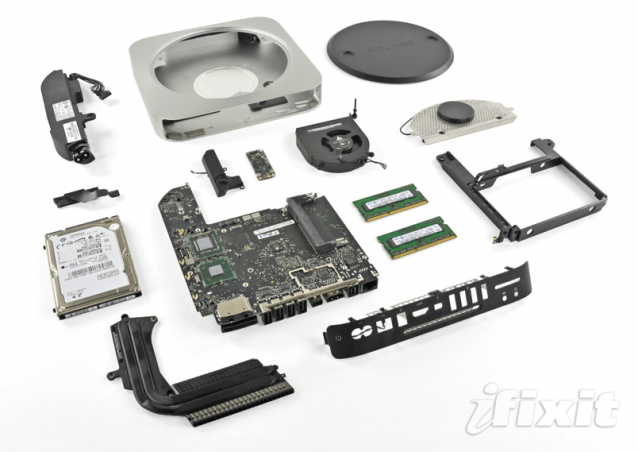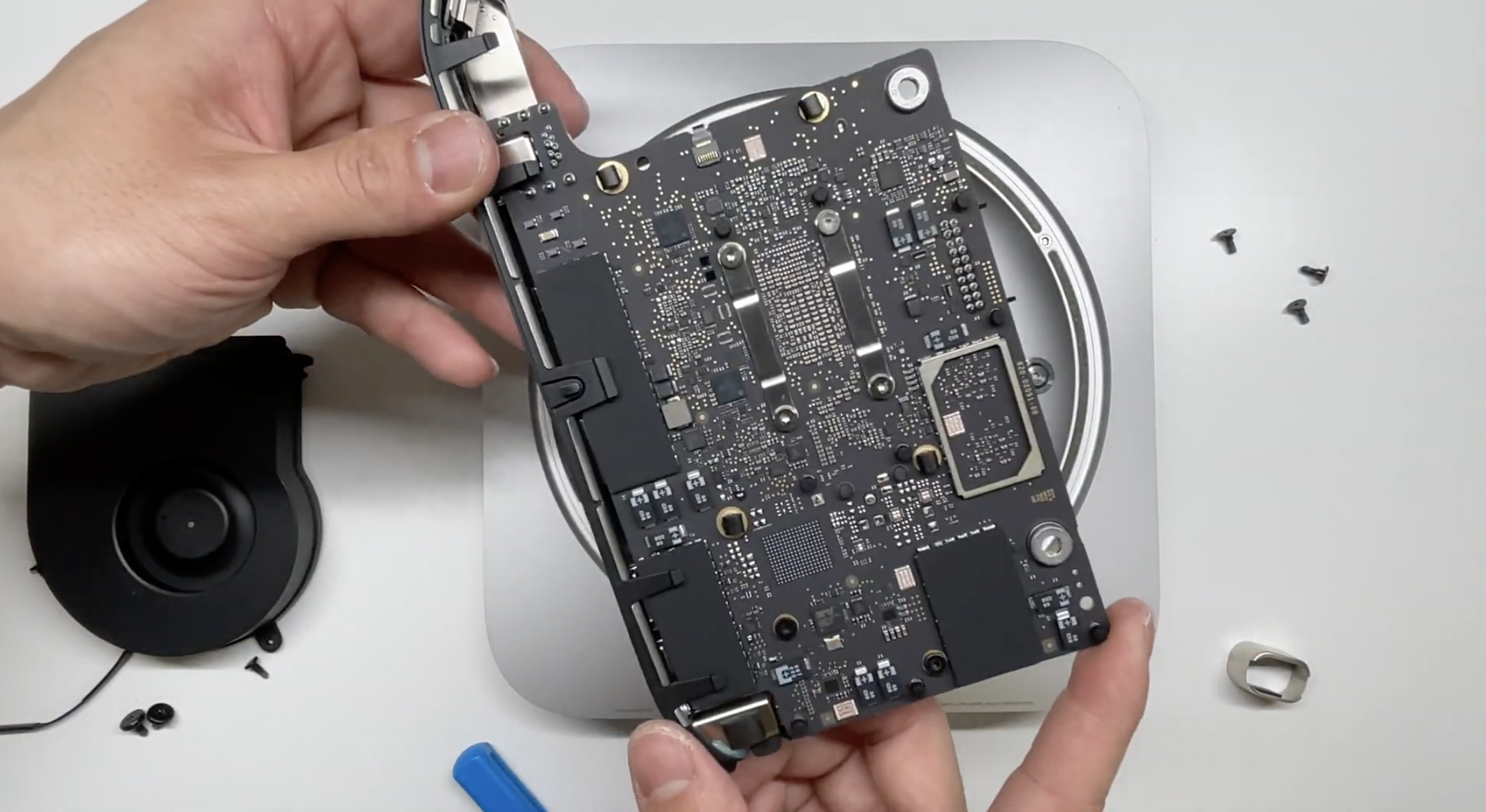
Mac mini hard drive size mac#
Verdict: Like the Satechi stand that I reviewed in July, the new Elecife docking stand is a great solution for expanding the storage capacity of a Mac mini M1 as well as moving ports to the front. This is a 7-in-1 docking station but with an extra advantage. I can’t vouch for its quality but I will try to get hold of one for review, If that’s of interest you can find more details here.

It’s made by Qwiizlab and can take both SATA and M.2 NVMe drives. It’s worth noting that there is a similar docking stand on the market for a Mac Mini M1.
Mac mini hard drive size series#
The top of the hub has a series of radial air inlets that ensure there is a free flow of air to the Mac mini so that it runs cool should the internal fan kick in. The hub matches the silver finish of the M1 Mac mini and sits underneath, increasing the overall height of the Mac mini by less than an inch. The drive simply clips into a cradle that sits under a round plastic cover. I would choose SSD every time but if all you need is store data like music, photos or documents, then a 2.5-inch hard drive might be a good bet, especially if you have a spare one lying around unused.įitting a 2.5-inch drive into the Elecife docking stand is so easy. However, you need to bear in mind that a traditional spinning hard drive is much slower than an SSD and hard drives also make a certain amount of noise.

Apple appears to be shipping a mix of 4200rpm and 5400rpm units in the 40GB size, but currently all 80GB units are.

The 40GB or 80GB hard drive supplied is unlikely to be large enough for everyone. M.2 SATA drives are available in sizes up to 1TB, but 2.5-inch SATA drives can be bought in capacities as high as 4TB. For heat and noise reasons, Apple have chosen to use a 2.5' (laptop-size) hard drive in the Mac Mini, making end-user upgrades fiddly and expensive. The beauty of this Elecife hubs is it puts some of the ports at the back on the Mac mini round to.


 0 kommentar(er)
0 kommentar(er)
